Margarete Schütte-Lihotzky, design for furniture in a nursery school, 1937, gouache, opaque white, pencil on tracing paper, Estate of MSL, © Bildrecht, Vienna, 2024, Courtesy of Collection and Archive, University of Applied Arts Vienna
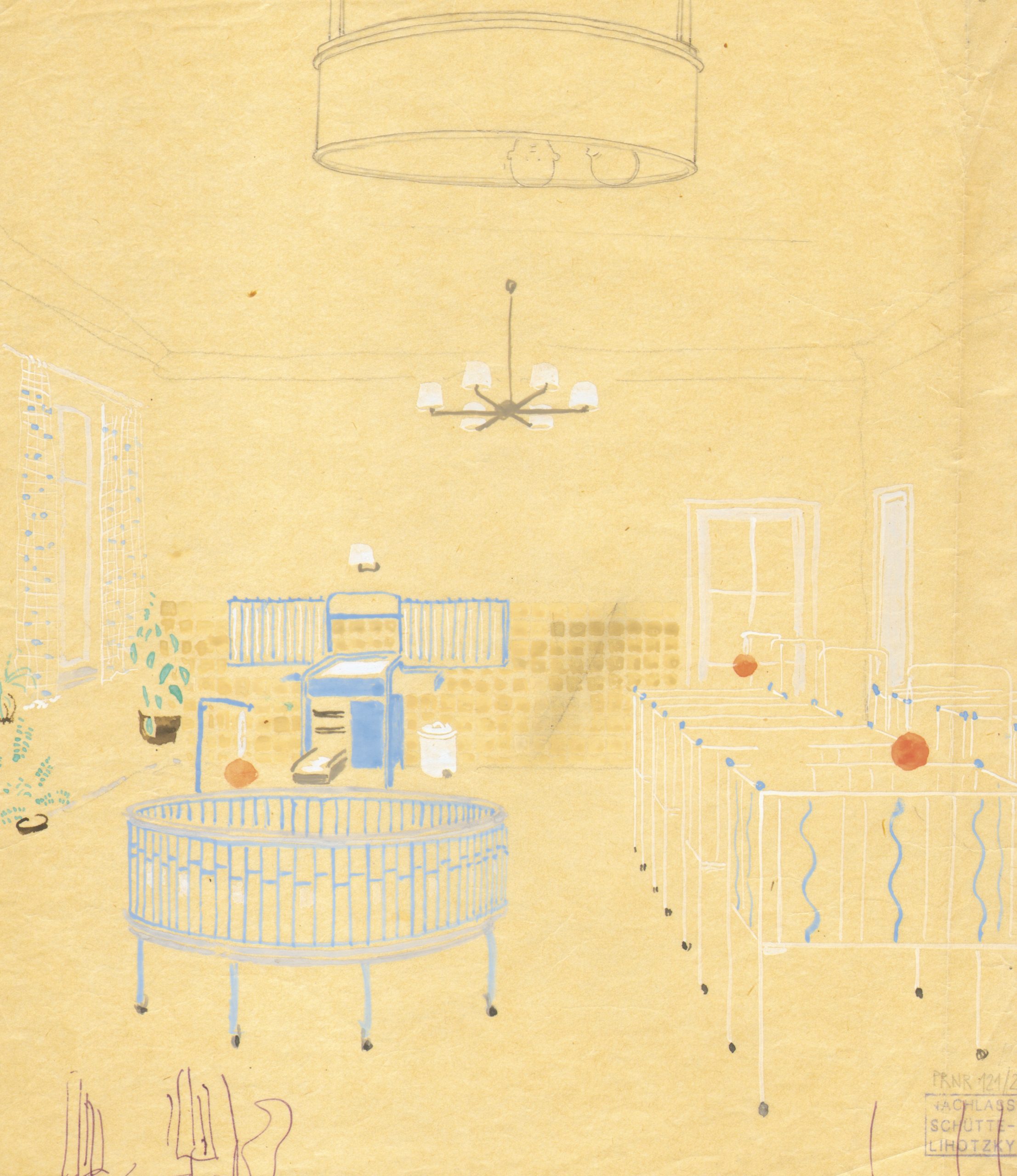
MARCH 12 - MAY 5, 2024
Margarete Schütte-Lihotzky: Pioneering Architect. Visionary Activist.
Open daily from 10am – 6pm
Austrian Cultural Forum New York
11 East 52nd Street, New York
ABOUT THE EXHIBITION
The Austrian Cultural Forum New York is pleased to announce the first solo exhibition in the United States dedicated to Margarete Schütte-Lihotzky (1897-2000). Widely acknowledged as one of Austria’s first female architects, she is credited as the inventor of the Frankfurt Kitchen, a women’s rights activist, and a hero in the resistance against the Nazi dictatorship. In recent years, Schütte-Lihotzky has become a symbol of socially engaged architecture and collaborative, self-help practices, inspiring a new generation of artists, architects, and political activists.
Curated by Dr. Bernadette Reinhold (Senior Scientist at Collection and Archive at the University of Applied Arts Vienna) and Dr. Stephanie Buhmann (Head of Visual Arts, Architecture and Design at the ACFNY) in collaboration with the Collection and Archive at the University of Applied Arts Vienna, the exhibition delves into Schütte- Lihotzky’s extensive architectural legacy. It showcases original drawings, architectural plans, and models, along with personal photographs and correspondence.
Divided into five chapters that address different aspects of Schütte-Lihotzky’s work, the exhibition illuminates her transnational experiences and professional networks. By closely tracing her life and work, the exhibition emphasizes her steadfast commitment to social issues and her lifelong involvement in political and cultural movements. In this context, Schütte-Lihotzky emerges as a trailblazing visionary,who never shied away from directly addressing major concerns such as war, economic crises, escalating social inequality, and the global suppression of women’s rights. Her distinctive fusion of architectural practice and political activism positions her at the forefront of confronting these pressing issues.
Social Architect
Over a century has passed since Schütte-Lihotzky took the groundbreaking step for a woman at the time by studying architecture. In 1915, she enrolled at Vienna’s Kunstgewerbeschule (now the University of Applied Arts Vienna). Under the influence of professor Oskar Strnad, himself a pioneer in Vienna’s social housing developments, she embraced the challenge of designing affordable yet comfortable council housing for the working classes early on. The housing situation worsened dramatically after the Great War. Post-graduation, she contributed to projects for the Vienna Settlement Movement, collaborating with Adolf Loos. Her focus was on developing small yet spacious houses that could easily be enlarged, as evidenced by her famous “core-house” (Kernhaus). As she expressed in a 1921 article for the German architectural journal Schlesisches Heim, “It does not matter whether the house is large or small; housekeeping and the inhabitants’ everyday habits are always at its core.” Ideas such as these still resonate today, as does her 1945 initiative to provide “warmed rooms” for Vienna’s cold and hungry, which are akin to today’s community-based warm banks. The exhibition comprehensively explores various socially minded designs and projects throughout Schütte-Lihotzky’s career, spanning almost the entire 20th century.
Inventor of the Frankfurt Kitchen
In 1926, Schütte-Lihotzky joined the Hochbauamt of the City Council of Frankfurt am Main, Germany, summoned by the legendary architect and city planner Ernst May. Empowered with political and financial resources to address Frankfurt’s housing shortage, they collaboratively brought functional clarity and humanitarian values to thousands of housing units. Her renowned Frankfurt Kitchen, a pivotal element of the New Frankfurt housing program, became an iconic and efficient design for modern urban living. It also cemented her place in the modernist canon. The ACFNY will present two of the three small-scale models of this groundbreaking work, each of which reveals a different color combination. A life-sized version of the Frankfurt Kitchen is part of the permanent collection of the nearby Museum of Modern Art, New York.
Advocate for Women’s Rights
Schütte-Lihotzky‘s ambition to especially improve the living conditions of single, working women and children who often lived in poverty due to low wages did not end with the Frankfurt Kitchen. For instance, two decades later in 1945, after her liberation from prison, she immediately returned to Vienna. Like many resistance fighters, she confronted the reality of receiving minimal official commissions in post- fascist Austria, with her international expertise largely overlooked. However, she remained undeterred. On the contrary, Schütte-Lihotzky played a pivotal role in establishing the Austrian Peace Council and became the first president of the Democratic Women’s Federation. Responding to anti-Semitic incidents, she formed a women’s committee that, from 1960 until the 1990s, screened films against fascism, war, environmental destruction, and the exploitation of the “Third World” at the Urania. In 2021, the apartment that Schütte-Lihotzky had inhabited in Vienna during the last thirty years of her life, along with its furnishings, was designated for preservation. Functioning as a research hub, The Margarete Schütte-Lihotzky Center primarily focuses on the often-neglected contributions of women in Austrian architectural history.
Visionary of Modern Childcare Facilities
In 1927, Grete Lihotzky married the architect Wilhelm Schütte, and together, as part of a group led by Ernst May, they relocated to the Soviet Union in 1930. Schütte- Lihotzky played a crucial role in constructing schools, childcare facilities, and multifunctional children’s furniture. Inspired by Maria Montessori’s principles, she designed her first kindergarten project in 1929 and became an expert in the following decades. Organizing space as an optimal environment for children’s development and growth became her primary focus. Her modular system (“Baukastensystem”), featuring versatile convertible kindergarten pavilions, later became a model. She subsequently participated in design projects in Moscow and Turkey, where she designed village schools as part of an alphabetization campaign, constructed by the villagers themselves.Projects in Bulgaria, Cuba, and Vienna followed. These initiatives reflected her belief that liberating women from exclusive dedication to childcare at home was essential for social progress.
Resistance Fighter
In 1938, alongside her then-husband Wilhelm Schütte, Schütte-Lihotzky accepted a teaching position at the Academy of Fine Arts in Istanbul, Turkey. Istanbul, on the brink of World War II, served as a safe haven for many exiled Europeans. During her time there, she encountered Austrian architect Herbert Eichholzer, deeply involved in organizing Communist resistance against the Nazi regime. In 1939, she joined the Austrian Communist Party (KPO). In December 1940, voluntarily, she returned to Vienna to discreetly engage with the Austrian Communist resistance movement. However, just 25 days after her arrival, she was arrested on January 22, 1941, and endured several interrogations by the Gestapo. While Eichholzer and others faced death sentences and execution in 1943, Schütte-Lihotzky received a 15-year prison sentence. She was ultimately liberated by U.S. troops on April 29, 1945.
CURATORS
Dr. Bernadette Reinhold is a historian of art and architecture, director of the Oskar Kokoschka Center, and senior scientist at Collection and Archive at the University of Applied Arts Vienna, where Margarete Schütte-Lihotzky’s estate is located. Her numerous publications, research projects, and teaching on history of architecture and urban planning, modern art, and cultural policy in Austria is repeatedly accompanied by exhibitions. She is the co-editor with Dr. Marcel Bois of the book Margarete Schütte-Lihotzky. Architecture. Politics. Gender. New Perspectives on Her Life and Work (German. Birkhäuser 2019 / English. Birkhäuser, 2023, available via Indiepubs).
Dr. Stephanie Buhmann: Head of Visual Art, Architecture & Design at the Austrian Cultural Forum New York is a historian of art, architecture and design. She has written extensively on visual art and her essays have appeared in a variety of books, international art magazines, and newspapers. Besides curating dozens of exhibitions, she has conducted over ninety published interviews with contemporary artists. In 2013 she conceived of an ongoing Studio Conversations series, focused on women of different generations working in diverse media. Her latest monograph Frederick Kiesler: Galaxies was published in 2023 (The Green Box, Berlin). She was a contributing author and co-editor of Roma Artist Ceija Stojka: What Should I Be Afraid of?, a publication released by Hirmer Publishers and the Austrian Cultural Forum New York in January 2024.
DIRECTOR OF THE AUSTRIAN CULTURAL FORUM NEW YORK
Dr. Susanne Keppler-Schlesinger is an Austrian career diplomat and has been working in the field of multilateral and bilateral diplomacy for 30 years. Her previous assignments include positions in Vienna, Paris and New York. She also served as Dep. Director of the Vienna School for International Studies/Diplomatische Akademie Wien. She holds a PhD in Musicology, French language and literature from the University of Vienna and a diploma as a concert pianist from the Vienna Conservatory of Music.
COLLECTION AND ARCHIVE, UNIVERSITY OF APPLIED ART VIENNA
The estate of Margarete Schütte-Lihotzky is archived at Collection and Archive at the University of Applied Arts Vienna. The Austrian Cultural Forum New York would like to thank the University of Applied Arts Vienna for lending the many objects on display.
The Collection and Archive serve as the material memory of the University of Applied Arts Vienna, playing a crucial role in shaping its future. It is a dynamic space where research, artistic and academic teaching, inventory management, documentation, and museological work are intricately interconnected. Led by Cosima Rainer, the institute encompasses collections in art, architecture, design, fashion, and textiles. It also hosts the university archive, the Oskar Kokoschka Centre, and a foundation dedicated to designer Victor Papanek. The history of the Vienna School of Arts and Crafts, along with current events at the University of Applied Arts Vienna, is meticulously documented, explored, and shared through various channels.
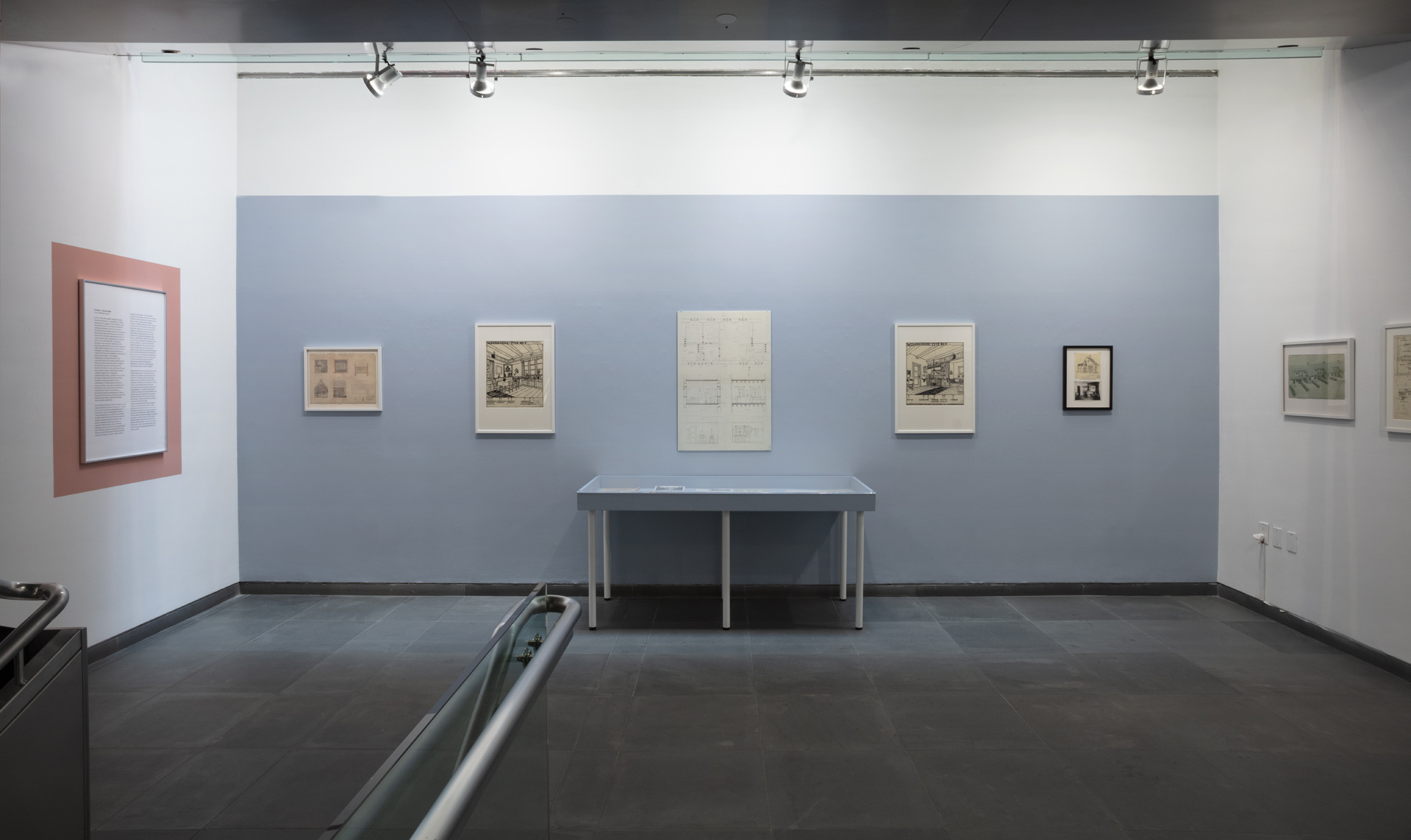

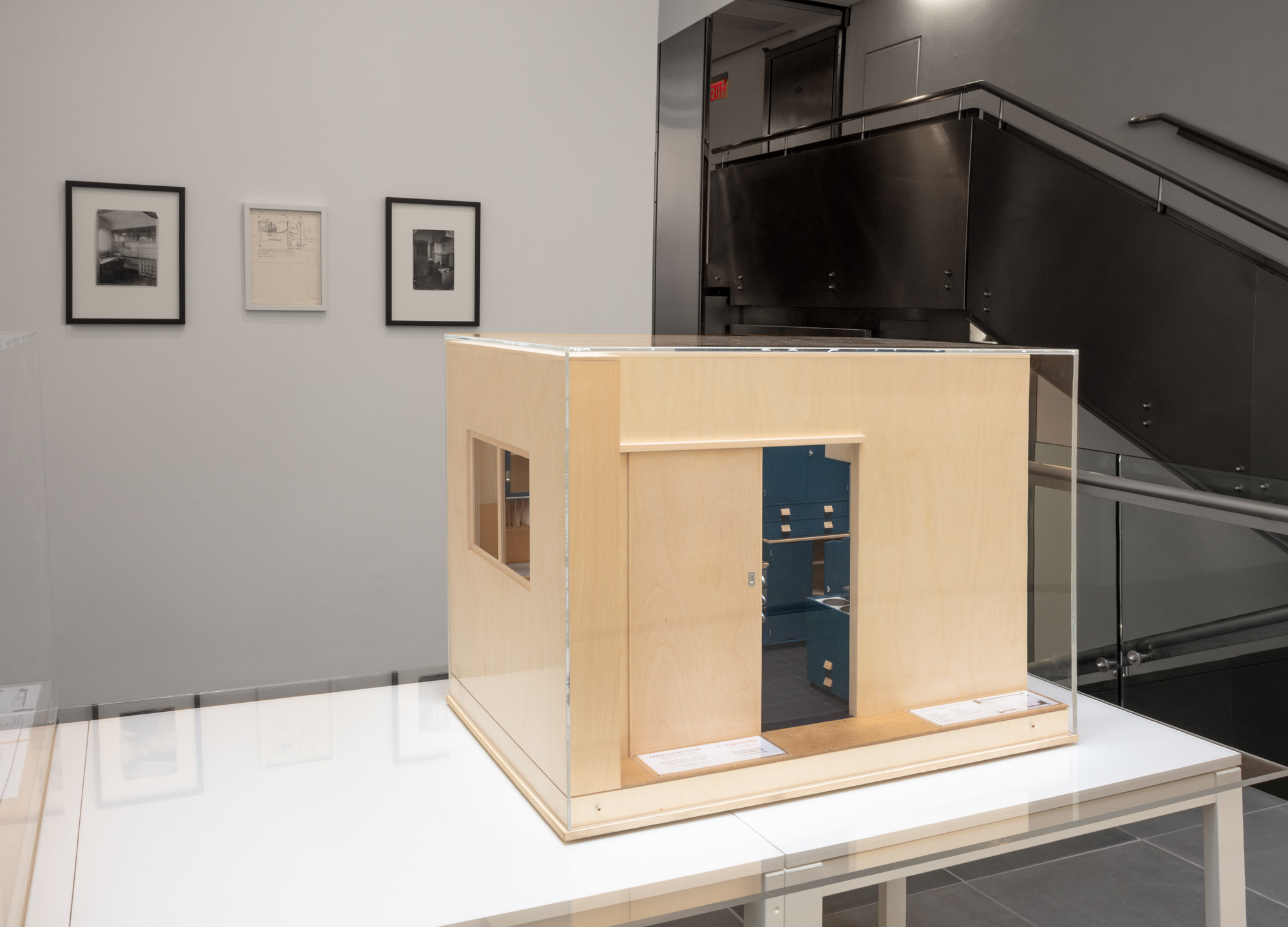

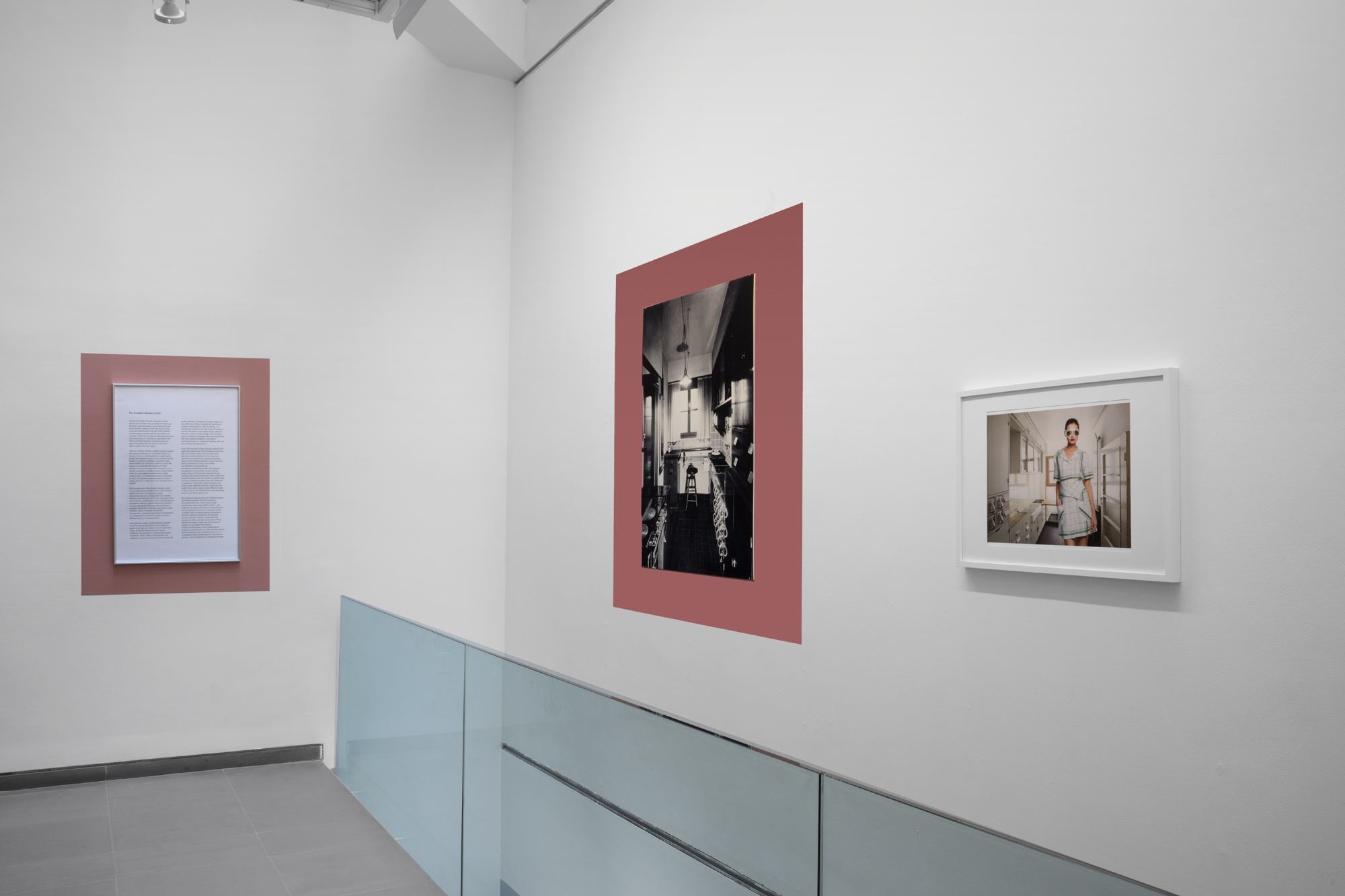
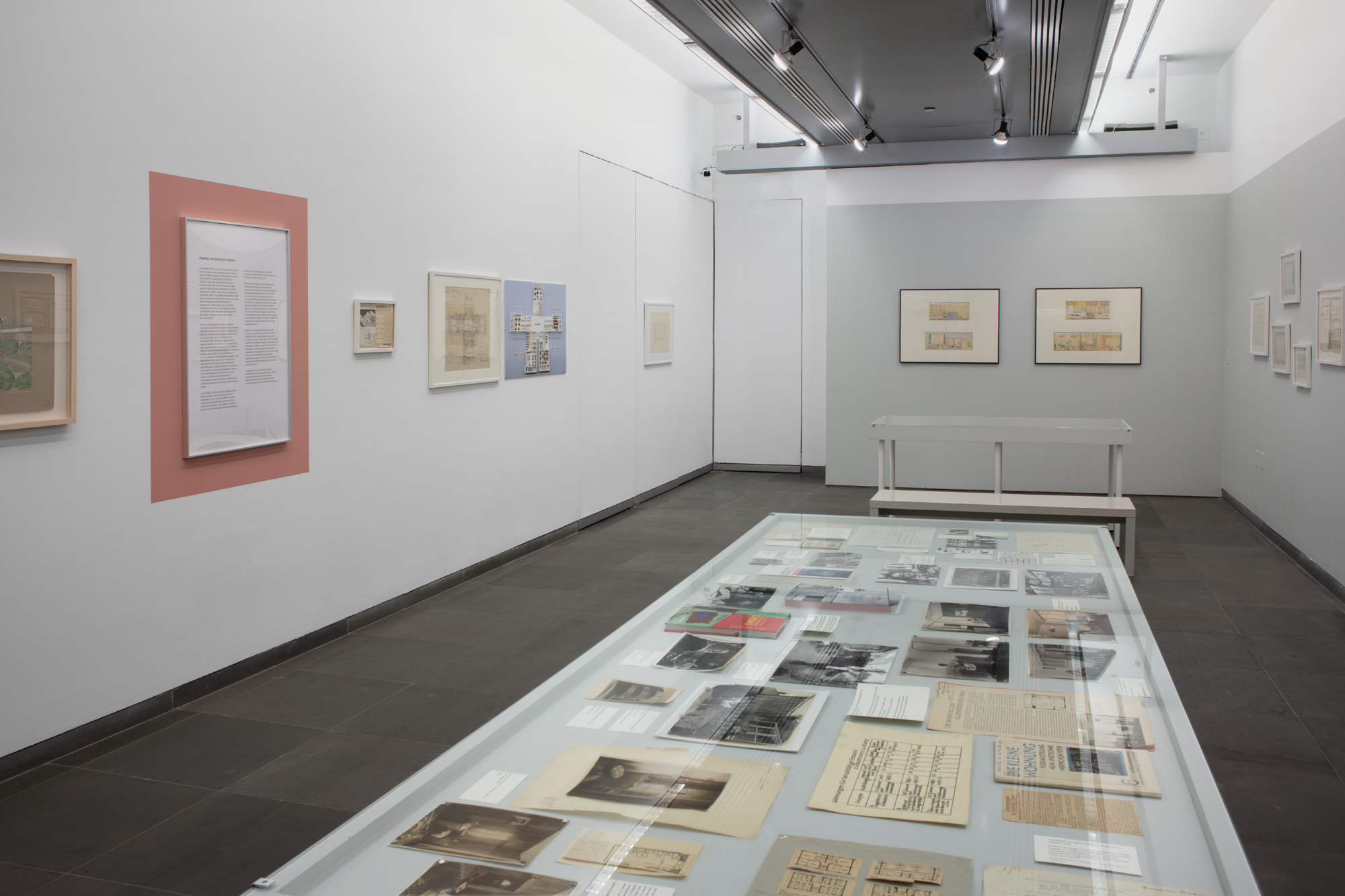
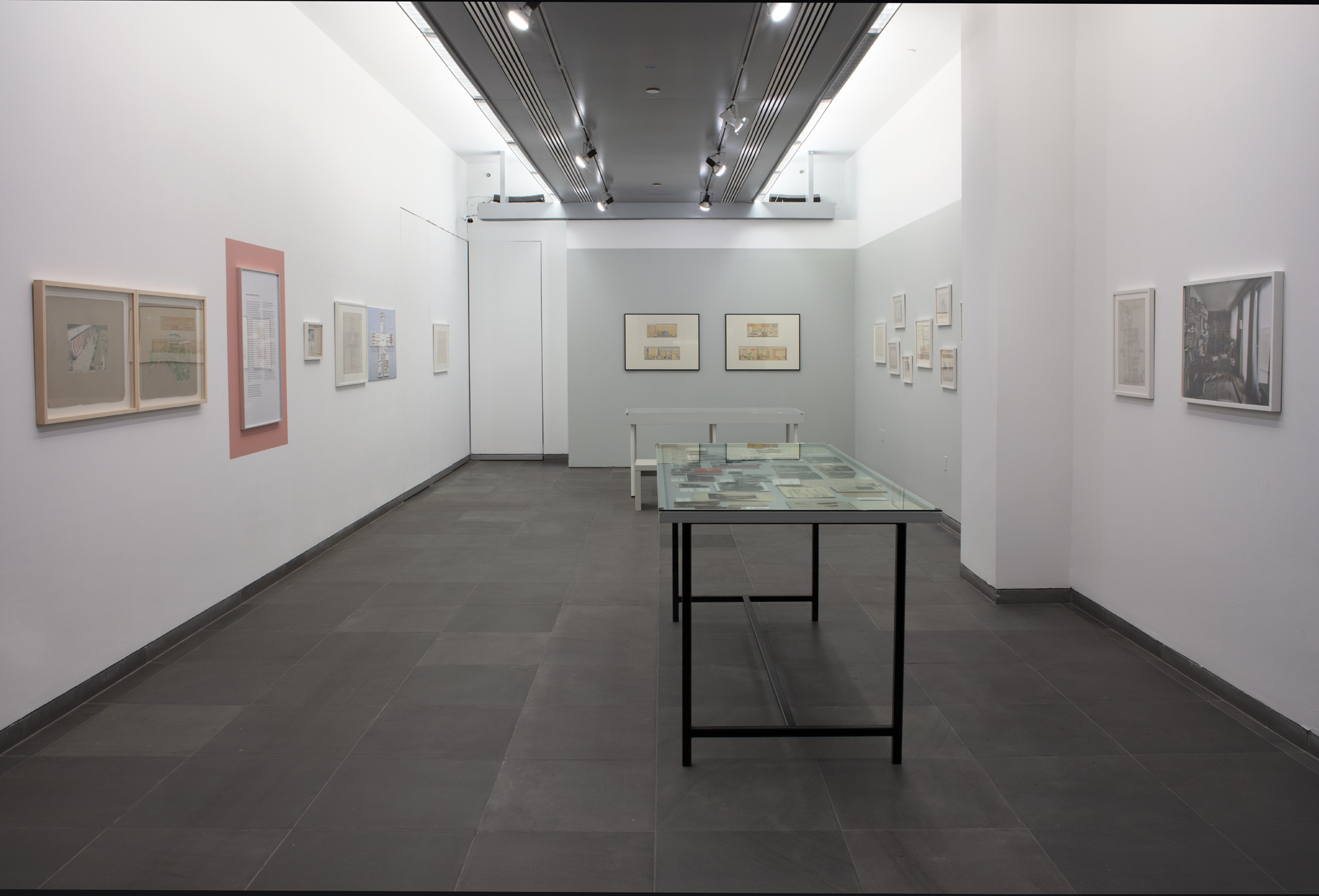
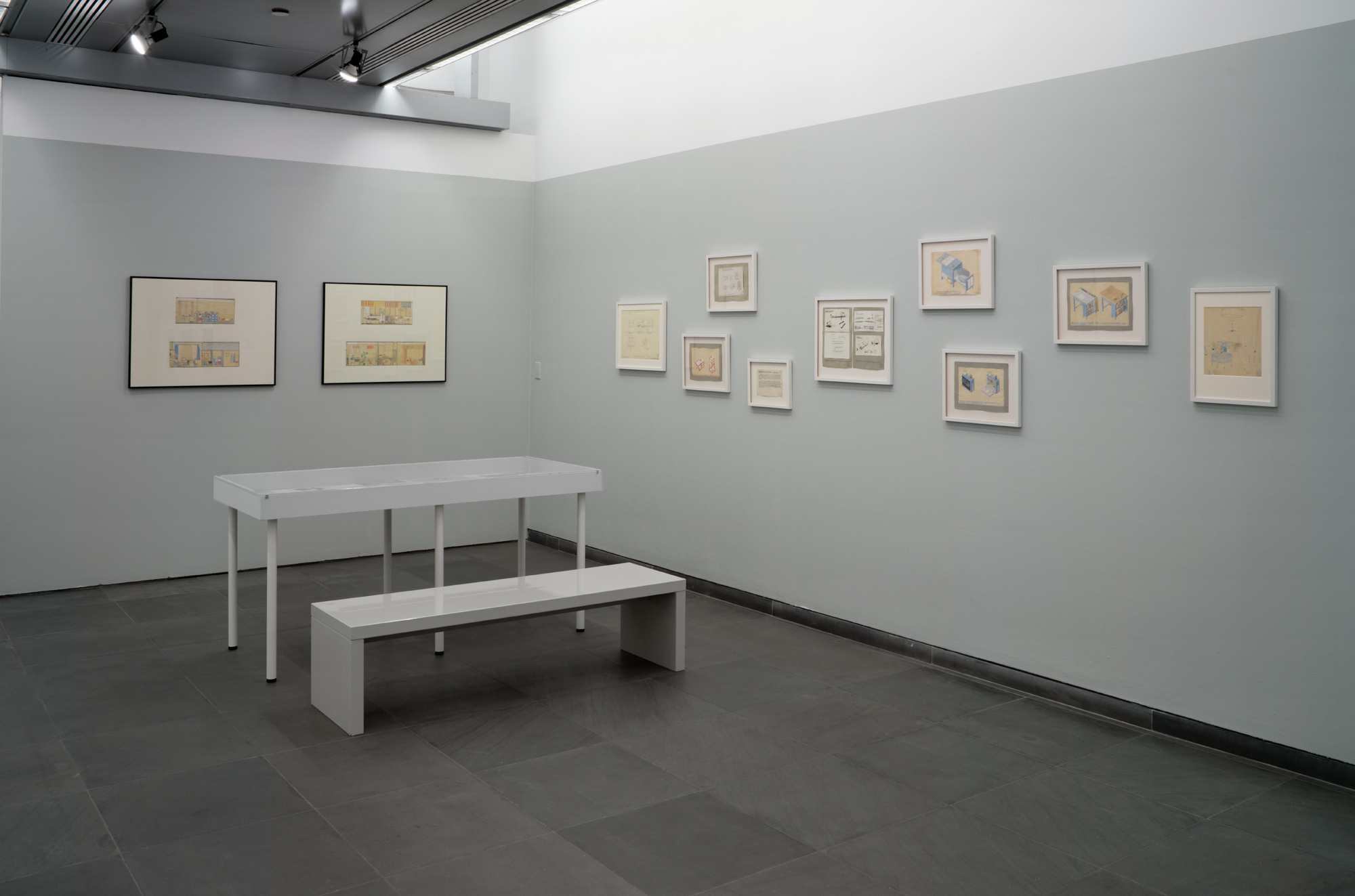

Images by Kevin Noble

